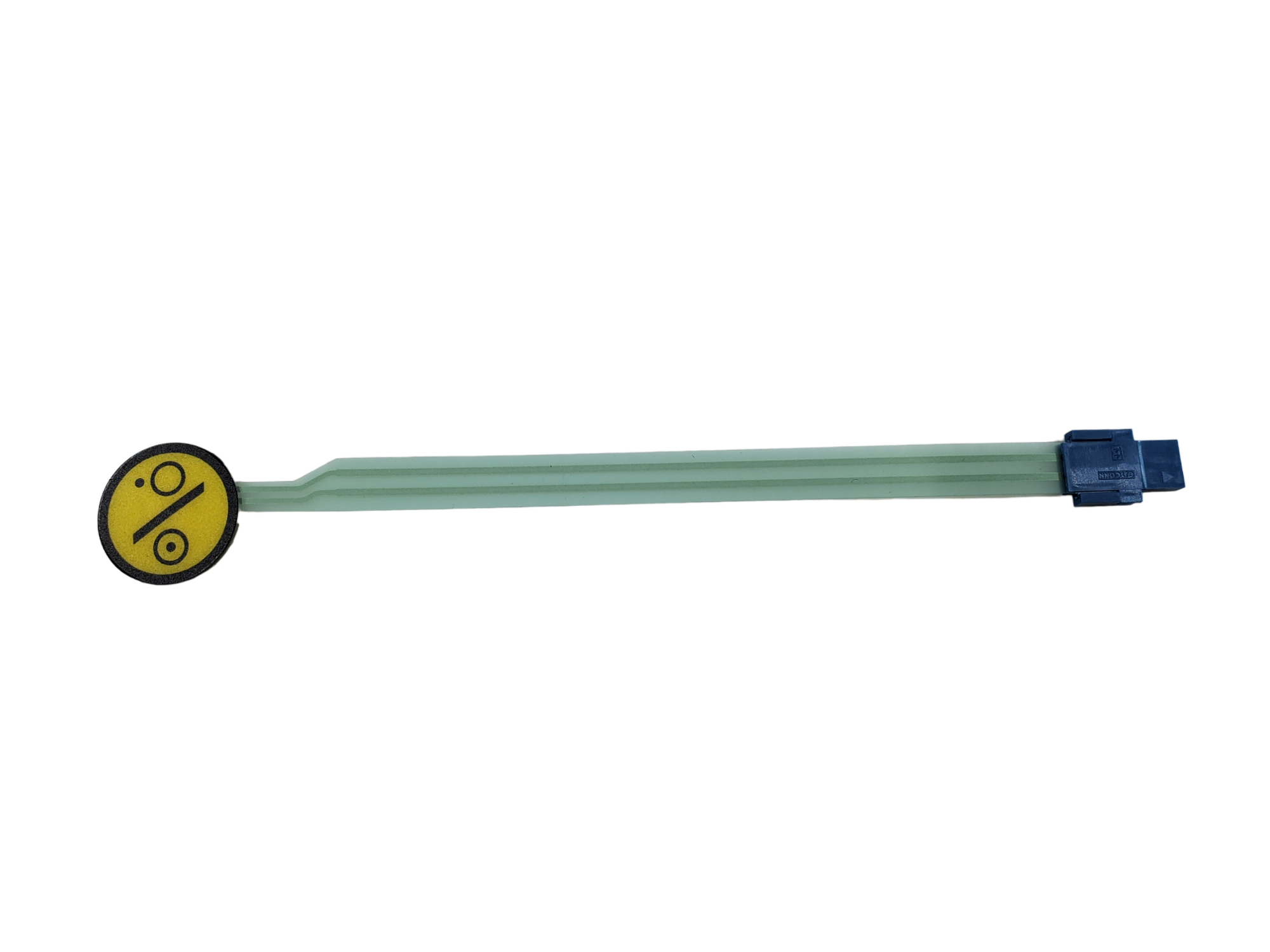Recognizing Membrane Layer Switches: The Trick to Reliable and long lasting Controls

What Are Membrane Switches?
Membrane switches are an advanced option in the world of interface technology, integrating performance and style effortlessly. These gadgets work as an interface between individuals and digital systems, integrating numerous parts right into a portable layout. Generally constructed from flexible, slim layers of products, membrane layer buttons are made to react to touch, enabling individuals to engage with machinery and electronic devices efficiently.
The primary elements of a membrane switch consist of a published circuit layer, visuals overlay, and a spacer layer that stops unexpected activation. The visuals overlay can be tailored to mirror brand name identity or user preferences, enhancing looks while making sure functionality. Membrane buttons are generally made use of in numerous applications, including medical tools, customer electronics, and commercial tools, owing to their sturdiness and resistance to ecological factors such as wetness and dust.
One of the essential advantages of membrane layer switches is their capacity to stand up to damage, making them excellent for high-traffic atmospheres. Additionally, they are light-weight and need minimal room, permitting ingenious designs in item development. On the whole, membrane switches over represent a efficient and sensible option for modern-day digital interfaces, weding technology with user-centric layout principles.
Exactly How Membrane Layer Switches Work
The procedure of membrane layer switches hinges on a basic yet reliable device that translates customer input into digital signals. When a customer presses the button, the top layer deforms, permitting a conductive element in the circuit layer to make contact with a matching conductive pad on the underside of the visuals overlay.
The style of membrane layer buttons can vary, but they typically include domes or responsive components to provide comments to the individual, improving the general experience - membrane switch. The products made use of in membrane layer buttons, such as polyester or polycarbonate, add to their resilience and resistance to environmental elements, including moisture and dust. Furthermore, the published circuits are commonly enveloped, which safeguards them from wear and tear in time.
Benefits of Membrane Buttons

Additionally, membrane switches are understood for their longevity. Created from durable products, they are immune to dirt, moisture, and physical wear, which dramatically extends their life expectancy contrasted to typical mechanical buttons. This toughness makes them particularly suitable for high-traffic environments and applications requiring long life.
An additional substantial advantage is the convenience of cleansing and upkeep. The smooth surface of membrane switches minimizes dirt buildup and is often unsusceptible spills, making them perfect for settings that call for regular sanitization.
Additionally, membrane switches supply a structured account, resulting in a thinner design that can be incorporated right into different devices without adding mass. This function not only boosts the aesthetic appeal but additionally over here adds to a more ergonomic item style.
Applications of Membrane Buttons
Functional and straightforward, membrane layer switches locate applications across a wide array of sectors, including clinical gadgets, customer electronics, and industrial devices. In the clinical field, these buttons are important to devices such as analysis equipment, person surveillance systems, and infusion pumps, where integrity and ease of cleansing are vital. Their ability to maintain and hold up against harsh settings functionality makes them ideal for such applications.

In consumer electronic devices, membrane layer switches are utilized in items like microwaves, cleaning makers, and remotes - membrane switch. Their sleek style Continued enables intuitive interface, boosting the overall individual experience while giving resilience and resistance to tear and put on
Industrial equipment likewise gains from membrane layer switches, especially in control panels for machinery and automation systems. These buttons supply defense against dust and dampness, making certain consistent performance in challenging environments. Their customizable features permit manufacturers to tailor them to specific operational demands, boosting performance and capability.
Choosing the Right Membrane Switch
When selecting a membrane layer button, it is important to consider various aspects that affect performance and suitability for specific applications. The key factors to consider include environmental conditions, tactile responses, longevity, and layout specs.
First, examine the operating environment; switches revealed to dampness, chemicals, or extreme temperatures call for certain materials to ensure long life and capability. Next, evaluate the demand for tactile responses. Depending upon user interaction, some applications might benefit from a tactile action to verify activation, while others might like a non-tactile design for aesthetic factors.
Toughness is one more crucial variable; membrane switches need to be created to endure constant use, influences, and abrasion. Guarantee the picked switch can endure the anticipated lifecycle, particularly in high-usage situations.

Verdict
In verdict, membrane changes serve as crucial components in the style of durable and reputable control systems across numerous industries. The flexibility official site of membrane layer switches over allows for customized solutions that meet certain functional demands, strengthening their relevance in modern-day innovation.
Membrane layer switches represent a vital element of modern-day user interface layout, mixing functionality with resilience in various applications.Membrane switches are a sophisticated service in the world of individual interface innovation, integrating performance and layout effortlessly. Commonly created from adaptable, slim layers of products, membrane buttons are created to react to touch, allowing individuals to communicate with machinery and electronic tools properly.
The layout of membrane layer buttons can vary, but they frequently integrate domes or tactile elements to provide responses to the customer, improving the general experience.In conclusion, membrane layer switches serve as important components in the layout of trustworthy and long lasting control systems across different markets.
Comments on “Membrane Switch: Reliable, Cost-Effective, and User-Friendly Control Systems”